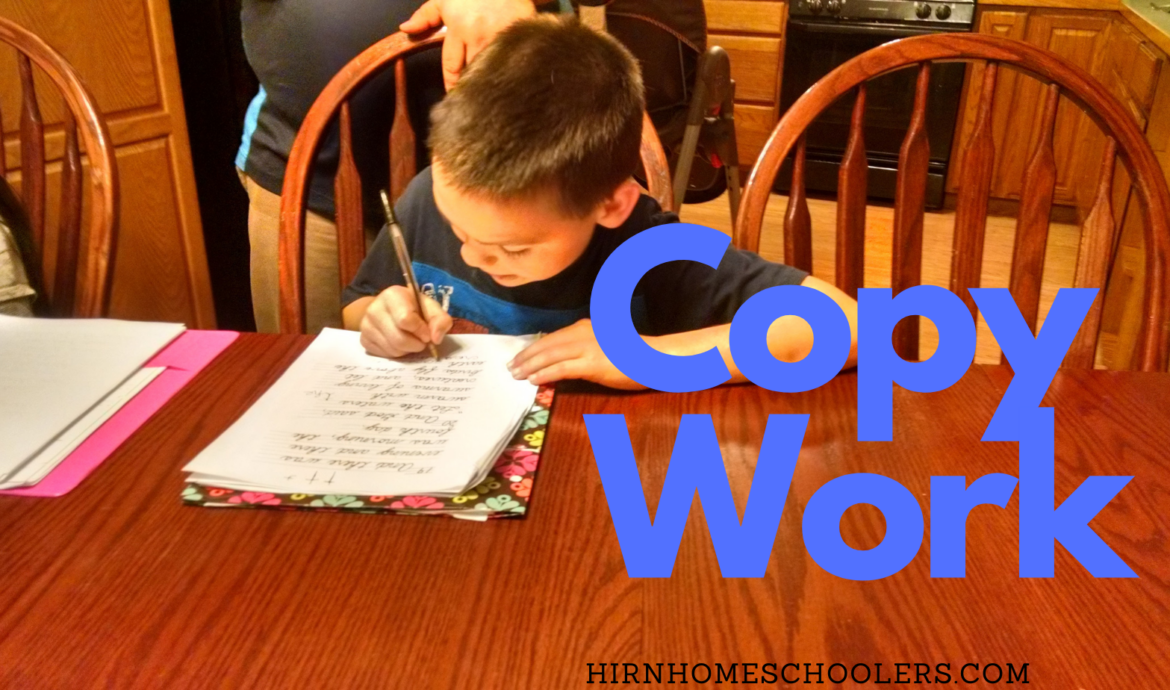
Copying the Bible (FREE Homeschool Copywork guide printable)
Copy Work . Home Schooling . Popular Posts
These books are Lydia’s copies of Genesis and Exodus.
Over the years, I have been asked to speak on my homeschooling method of using the Bible as my only textbook . I made a simple take home handbook for those who would attend my lectures. I decided to give it away here on my website to others who may find it helpful. Below is the copy-work handbook outlined in this article, and at the end of it is a link if you want to print it.
I use this simple method with all my children ages 4 and up. It doesn’t matter if they are a quick learner or a slow, steady learner, I just make it work for each one.
A Simple Handbook to Copying the Bible with Purpose
A few years ago, I developed a simple five step process of using the Bible to teach my children as many subjects as I could in a quick and easy method. This handbook outlines that simple five step method.
The five steps:
READ IT
WRITE IT
JOURNAL/DISCUSS IT
DRAW IT
CORRECT IT
Step One: Read it
In this step the student and/or teacher reads a chapter of the Bible out loud. If your child has not yet learned to read, then you read it to them. If the student is beginning to read, then you read it together, teaching phonics and/sight words as you read. If your student is an advanced reader, they read the chapter out loud to you, a sibling, or themselves. The reading should always be done out loud. We want to use as many senses as possible during the learning process.
Step Two: Write it
In step two, your student copies the Bible into a notebook. If the student has not yet learned to read or write, you have them trace the letters from the theme verse of the chapter. You write it into a notebook, and they trace over it. For the developing writer, you have them copy the theme verse that you wrote first in their notebook. For the more advanced student you have them copy the theme verse from their Bible into the notebook. For the very advanced student, you have them copy the whole chapter from their Bible into their notebook. The student should take their time and use their best penmanship.
I often will make sight word or spelling word lists for my beginning students to write and practice at this point.
Step Three: Journal or Discuss it
Step three can be moved to step two if needed. For beginning readers this is the time to point out phonics, sight words, and punctuation. For the developing reader point out grammar, poetry, and vocabulary words. For the advanced student discuss context and personal application. For all students discuss historical context, Hebrew or Greek words or phrases, character traits, theme of chapter, theme verse (memory verse), main characters, and any science or math concepts presented in chapter. For more advanced students they can journal and research this chapter on their own.
Step Four: Draw it
In step four the student is to make an art image that represents what they read in the chapter. For beginning students who are unsure about free drawing, you can use coloring sheets, or you can draw in their notebook and have them trace and color what you drew. This is a great time to teach colors and following directions. For the developing student, they can be told to draw a specific object or image, such as draw a deer by the water, or draw a sun in the sky, etc. For the more advanced student, they can choose to draw freely, and for the more advanced artist, you can discuss artist methods, such as shading, depth, etc.
Step Five: Correct it
This is a very important part of the method. In this stage you are teaching your student the importance of excellence. You and your student will go over their copy work, journal, and drawing. You will first look to see if they did their very best work. Has their penmanship, drawing, and writing improved from the last chapter? If it is sloppy it should be completely redone. The student should be reminded that excellence is expected and improvement is always the goal. This is their job, and they need to do it well. Point out areas they need to correct, and have them go back and correct it. Check penmanship, grammar, and spelling. Make them read their copy work from their notebook to you.
That’s it. Those are the five steps, in simple form.
I developed this method to be used by all my students. It works for the studious person and for the student that struggles with academics. It can be adjusted to each student’s needs.
This method can be done with just a Bible, notebook, and pen. But, it can also be expanded as wide as the teacher or student wants it to be.
Resources that I have found helpful include:
Drawing and art books (Notgrass Art and Bible)
Copy work forms
Strong’s Concordance Online Concordance
Online Hebrew and Greek Lexicons Bible Hub
Basic grammar and language books Easy Grammar Plus
Alpha phonics materials
Sight word flash cards
History books Best History books ever
Other activities that we have added to the method at times include:
Time line note booking
Memory verse activities
Bible Copy Work handbook (printable version)
I hope this handbook and resources are helpful. Enjoy reading and discovering with your students.
Shalom.
Related Posts:
Written by Katie
2 comments
Things to know as you visit our site
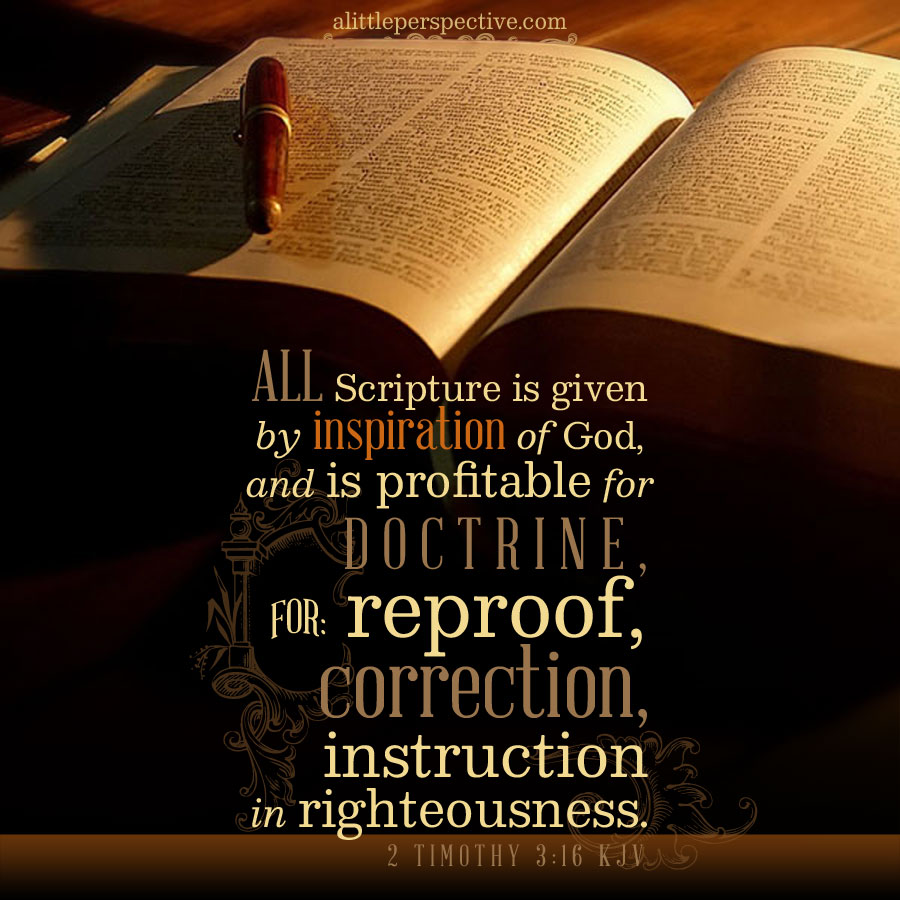 We are Bible believing, scripture only people. We love to learn about the Hebrew roots of our faith. We believe it is important to not add or subtract from the Divine Word of God. The compiled scriptures that agree with one another and have no contradiction is the 66 books of what is commonly referred to as the Christian Bible, or the Holy Bible.
We are Bible believing, scripture only people. We love to learn about the Hebrew roots of our faith. We believe it is important to not add or subtract from the Divine Word of God. The compiled scriptures that agree with one another and have no contradiction is the 66 books of what is commonly referred to as the Christian Bible, or the Holy Bible.
These writings were originally written by men inspired by God. They were written in the language of the writers and readers of the original documents. Many of the original documents have been lost, but God’s Word is eternal and remains. Therefore, it is important to us to study, learn, and consider the culture, history, and language of the original writers of the scriptures.
In our studies we have learned that the true name of God is Yehovah, and His son, our Messiah, is named Yeshua. Therefore, as you read our posts we will use the Hebrew names of God and our Messiah.
Popular Posts
- Whole Bible Believer, Torah Observant Christian
- Parenting an Adult Child that is Disrespectful and…
- Thinking on Sign on the Hand, Symbol on the Forehead
- Homeschooling Torah (my official review of the best…
- Copying the Bible (FREE Homeschool Copywork guide printable)
- What was Job’s sin? Why did God let Job suffer…
- Demons, devils, spiritual beings, real or not real???
- Christmas, a Biblical Perspective
- Fall Feast dates 2023!!! It’s Coming!!!!
- Oh, Be Careful Little Mouth What You Say
Categories
- 40 days of Prayers for my Husband
- Adoption
- All about Animals
- Baking
- Bible Reading Challenge
- Biblical Living
- Biblical Marriage
- Birth Stories
- Carman Family Life
- Carman Farming
- CEF (child evangelism fellowship)
- Color Thru the Bible
- Copy Work
- Danger of Homeschooling Series
- Day in the Life of a Big Family
- Dyslexic perspective
- Fall Feasts
- Family
- Family Rule Book
- For My Children
- God's Calendar and Biblical Feasts
- Gospel of Yeshua Messiah series
- Holidays
- Home Discipleship
- Home Schooling
- Homemaker
- Journey series
- Journey to Redemption
- Katie, the Cleaning Lady
- Katie's Ramblings
- Kid Posts
- Mental Health
- Name Series
- Organization (Hirn Helpers)
- Parenting
- Popular Posts
- Prayer Challenge
- Prayer Challenge for the Children
- Rachel's Writings
- Sabbath
- Spiritual Warfare
- Spring Feasts
- Ten Days of Prayer Challenge
- Torah Talk
- Torah/Bible
- Tyler's garden
- Tyler's Tidbits



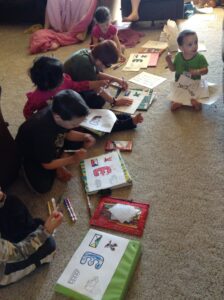
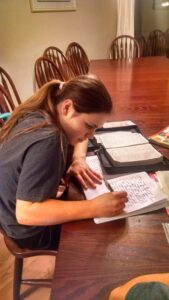





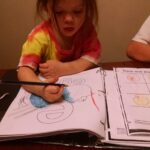

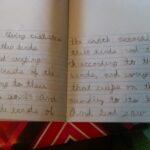
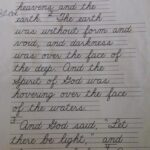
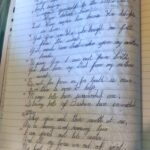










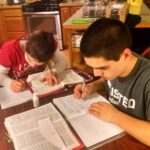

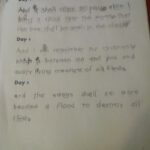
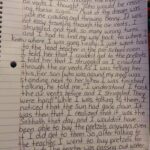





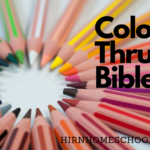


Leave a Reply